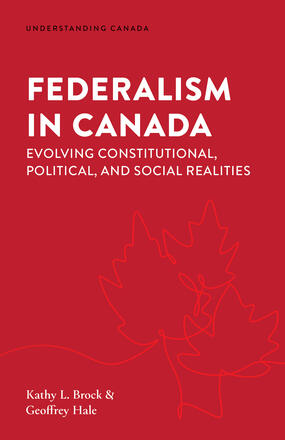
Federalism in Canada
Evolving Constitutional, Political, and Social Realities
La description
What does the concept of “federalism” mean and how does a federation differ from a unitary state? Professors Brock and Hale focus specifically on Canada as an example of a federal state and explain both the characteristics of Canadian federalism and the evolution of the practice of federalism in the decades since “Confederation.” Federalism is not exclusively a legal doctrine. It is a method for the conduct of public affairs that combines a constitutional-legal framework with flexible public administration methodologies. It is a method of governing that naturally incorporates practicality and mutual accommodation among layers of government. It is a vehicle of public life that generates its own controversies, difficulties, and, indeed, sometimes crises, all of which require resolution through that very methodology of federalism. Brock and Hale explore the most fundamental aspects of, and practices in, the Canadian form of federalism and go on to enlighten all readers about a variety of aspects of this form of government.